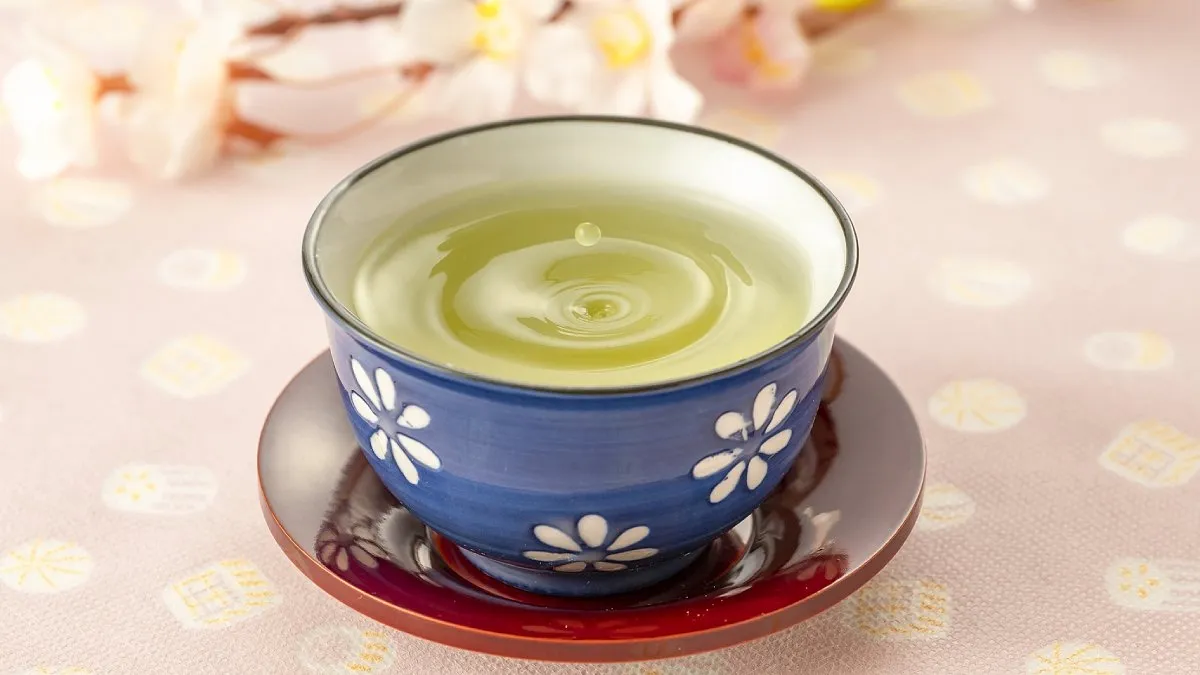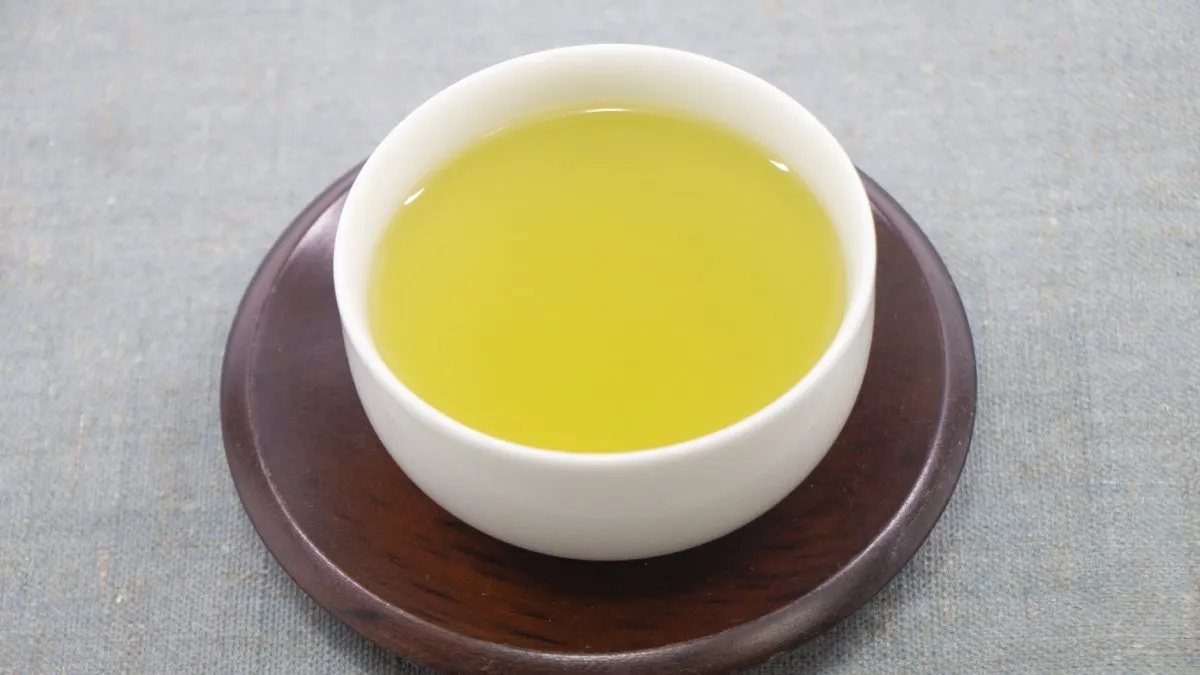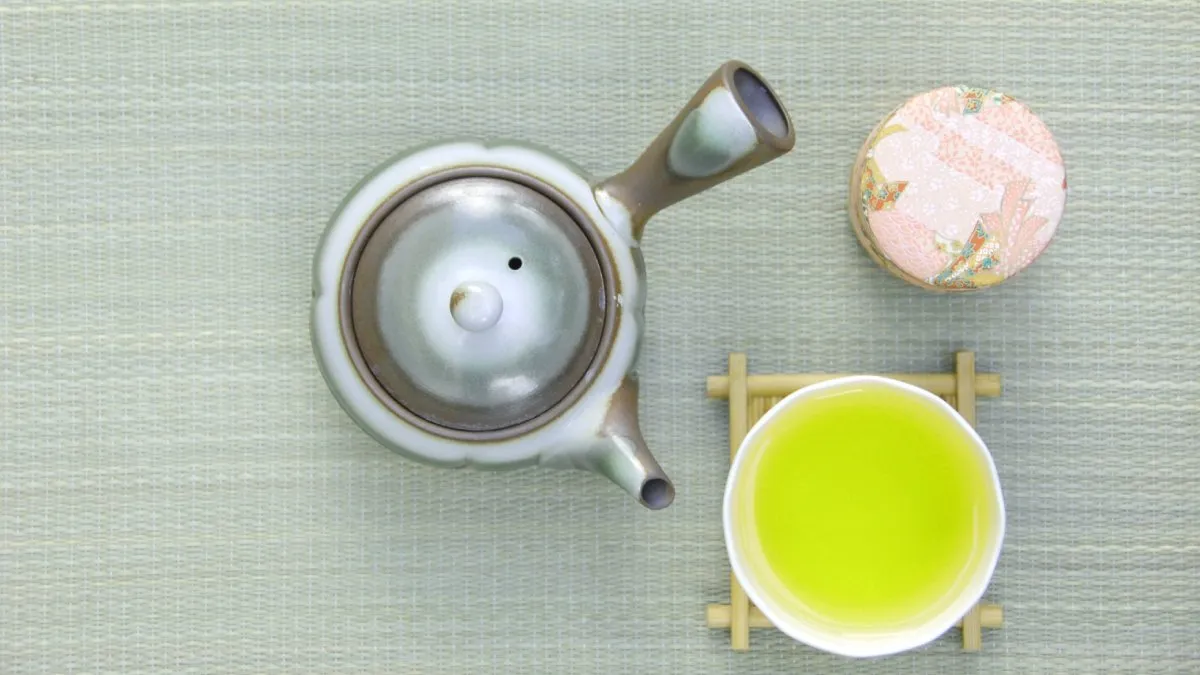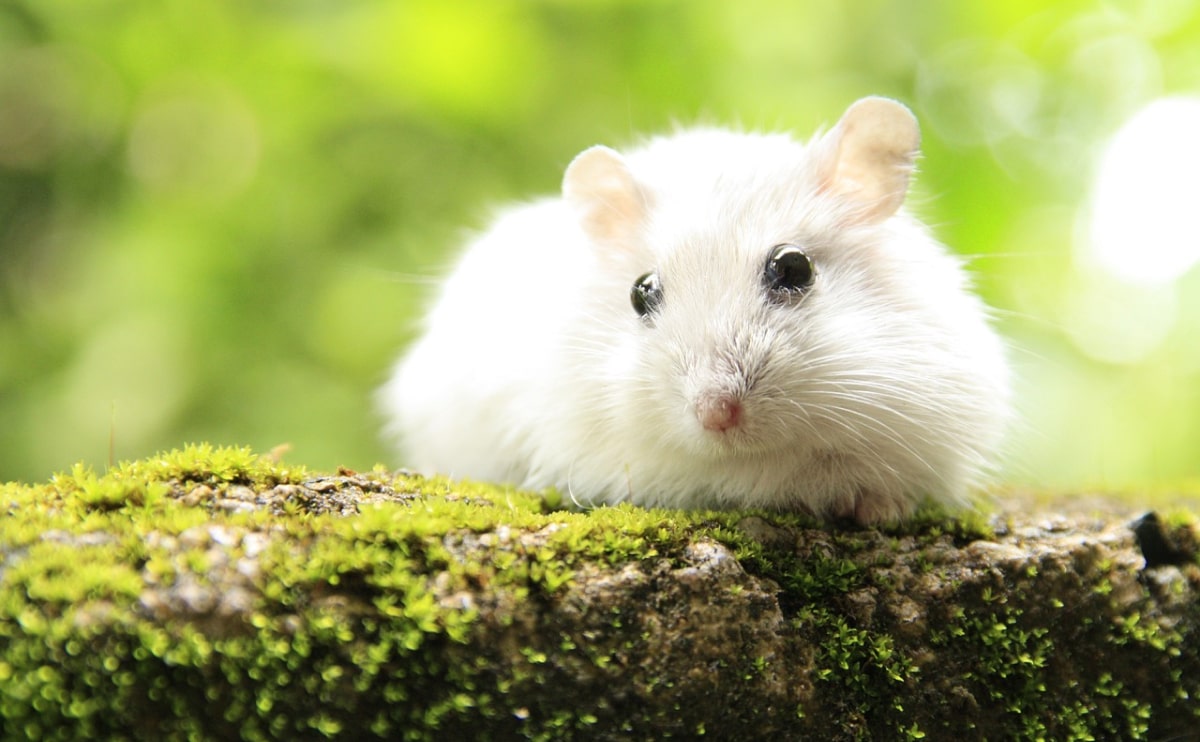Blog
Exploring the Rich Tradition of Japanese Green Tea
Unveiling the Secrets of Japanese Green Tea: Health, Types, and Brewing
Japanese green tea is a remarkable elixir that has captivated tea enthusiasts for centuries. Its profound health benefits, diverse varieties, and meticulous brewing techniques make it a unique cultural treasure.
Green tea isn’t merely about quenching thirst; it’s about experiencing tranquility and rejuvenation.
In this article, we will delve into the secrets that make Japanese green tea so special, exploring its health benefits, types, and brewing methods.
What is Green Tea?

Imagine a drink that’s both ancient and timeless, known for its soothing rituals and profound health benefits: that’s green tea. Originating from the verdant landscapes of Asia, specifically China and Japan, green tea is more than just a beverage—it’s a bridge to nature, tradition, and wellness. It’s made from the leaves of the Camellia sinensis plant, and what distinguishes it from other teas is its minimal oxidation process, preserving its vibrant green color and delicate flavors.
Discovering the Magic
For centuries, Japanese tea masters have dedicated themselves to perfecting the art of green tea. Each sip is an invitation to savor the land’s rich bounty, a whisper of the soft mists that nourish the leaves. Green tea isn’t merely about quenching thirst; it’s about experiencing tranquility and rejuvenation.
Types of Green Tea: Unraveling the Varieties
Japanese green tea offers a spectrum of types, each with its unique character and cultural significance. Let’s delve into the three most celebrated varieties: sencha, gyokuro, and matcha.
1. Sencha 煎茶

Sencha is the emblem of everyday elegance in Japan. It accounts for about 80% of the tea produced in Japan and is cherished for its versatility and refreshing taste. The leaves are steamed, rolled, and dried, capturing a bright, grassy flavor that sings of springtime.
- Flavor Profile: A harmonious blend of sweetness and bitterness, with a fresh, vegetal aroma.
- Brewing Tips: Use water cooled to 70-80°C (158-176°F) and steep for about 1-2 minutes to let its full flavor unfold.
2. Gyokuro 玉露

Imagine the luxury of morning dew; that’s Gyokuro, the “jade dew” of Japan’s green teas. Gyokuro’s leaves are shaded from sunlight for several weeks before harvest, enhancing their sweetness and umami flavor.
- Flavor Profile: A rich, sweet taste with a seaweed-like aroma and a smooth, buttery texture.
- Brewing Tips: Brew at a cool 50-60°C (122-140°F) for 2-3 minutes to appreciate its depth and refinement.
3. Genmaicha 玄米茶

Genmai Cha, also known as “Brown Rice Tea,” is a traditional Japanese green tea blend that combines roasted brown rice and green tea leaves. The unique combination of these ingredients creates a nutty, toasted aroma with a mild, refreshing taste, making it a favorite among tea lovers worldwide.
- Flavor Profile: The green tea base provides a fresh, slightly grassy note, while the roasted brown rice adds a rich, nutty, and toasted character.
- Brewing Tips: Use water heated to 80–90°C (175–195°F). Avoid boiling water, as it can make the green tea taste bitter.
4. Matcha 抹茶

Matcha is not just tea; it’s an experience, often linked to Japanese tea ceremonies. The leaves are stone-ground into a fine powder, offering a full-bodied and slightly sweet taste profile.
- Flavor Profile: Intense, creamy, with hints of sweetness and a lingering earthiness.
- Brewing Tips: Whisk with water at around 80°C (176°F) until frothy. Experiment with thickness for varying flavors.
Health Benefits of Green Tea

There’s a reason why green tea has been revered not just in Japan but worldwide—it’s a powerhouse of health benefits.
1. Antioxidant-Rich
Packed with catechins, particularly EGCG (epigallocatechin gallate), green tea is an antioxidant hero. Antioxidants combat oxidative stress, helping reduce inflammation and cellular damage.
2. Supports Heart Health
Green tea is a guardian of the heart. Regular consumption can improve blood circulation, lower cholesterol levels, and reduce the risk of heart disease.
3. Aids in Weight Management
The catechins and caffeine in green tea synergize to boost metabolism and enhance fat oxidation. Whether you’re looking to shed a few pounds or maintain your weight, green tea can be a supportive ally.
4. Enhances Brain Function
Green tea contains caffeine and L-theanine, a powerful duo. While caffeine improves alertness, L-theanine promotes relaxation without drowsiness, resulting in a calm focus.
5. May Lower Cancer Risk
Preliminary research suggests that green tea catechins may offer protection against certain types of cancer by reducing tumor growth and spreading.
6. Supports Healthy Skin
With its anti-inflammatory properties, green tea can help in maintaining skin health, potentially reducing acne and other skin irritations.
How to Brew Green Tea Properly

Brewing green tea is an art form, a moment to pause and connect with nature. Here’s how to prepare it to perfection:
Step-by-Step Guide
- Determine the type of tea: Determine the type of tea: There are two types of green tea: deep steamed and shallow steamed. Simply explained, deep steamed is tea leaves that have been steamed more thoroughly and for a longer time than usual. Asa-mushi is tea leaves made with a shorter steaming time than usual.For deep steamed tea: The tea is a beautiful green color, pour hot water into a teapot and wait 30 seconds before pouring it into a teacup.For shallow steamed teas: You need to take more time than for deep steamed teas. Pour hot water into a teapot, wait 90 seconds, and pour into a teacup.
- Mind the Temperature: If the water temperature is high, the tea will have a bitter taste. In other words, the taste becomes bitter. Warm water reduces the bitterness of the tea. Catechins in tea are responsible for the bitter taste of tea. Therefore, please choose the temperature of the water according to your preference.
- Steep with Care: Steeping times vary; generally, 1-3 minutes is ideal. Use a timer to maintain consistency.
- Savor the Moment: Appreciate the aroma, color, and taste. Let the experience be as enriching as the tea itself.
How to Store and Select Green Tea
Proper storage and selection are crucial to preserving green tea’s delicate qualities.
Selecting the Right Tea
- Consider Origin: There are various tea production areas such as Shizuoka, Uji, Kagoshima, Fukuoka, and Sayama. Shizuoka, Uji, and Sayama are known as the “three major tea-producing regions in Japan.
Storage Tips
- Keep it Cool and Dark: Store tea in a cool, dark place to prevent oxidation and loss of flavor.
- Use Airtight Containers: An airtight container protects from moisture, odors, and light.
- Refrigeration: For long-term storage, refrigeration can help, but always let it reach room temperature before opening to avoid condensation.

Conclusion
Whether you’re a seasoned tea enthusiast or exploring new flavors, Japanese green tea offers a world of enjoyment and wellness. From the serenity of sencha to the luxurious embrace of gyokuro, and the invigorating matcha, each type brings its unique character to the table. Embrace the tradition, indulge in the health benefits, and find solace in the simple act of brewing a cup. Let Japanese green tea be a companion in your journey towards a healthier, more mindful life.






